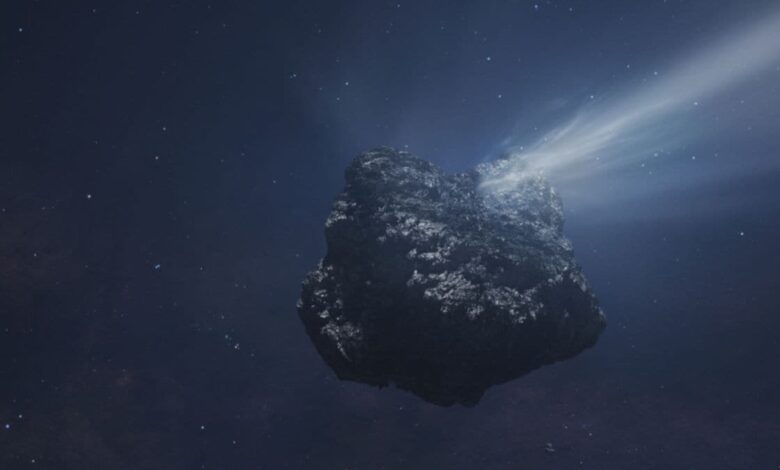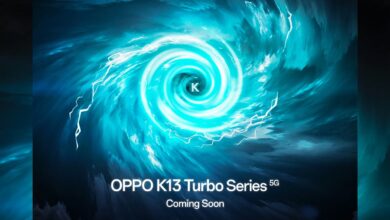ESO VLT Captures Stunning Interstellar Comet 3I/ATLAS

Interstellar Comet 3I/ATLAS: A Celestial Visitor
In early July 2025, the astronomical community buzzed with the announcement of comet 3I/ATLAS. This celestial wanderer, first spotted on July 1st by a Chilean telescope within NASA’s ATLAS network, was quickly identified as an interstellar object. What makes this comet so special? Its hyperbolic orbit signifies that it originated from outside our solar system, making it a rare and fascinating subject of study.
The European Southern Observatory’s Very Large Telescope (VLT) joined the observation efforts, capturing remarkably clear images of 3I/ATLAS on July 3rd using its FORS2 camera. These images provided the sharpest views of the comet to date, solidifying its status as the third interstellar object detected within our solar system. The previous interstellar visitors were 1I/’Oumuamua in 2017 and 2I/Borisov in 2019.
VLT’s High-Definition Glimpse
According to NASA, the rapid identification of 3I/ATLAS as interstellar was due to its highly eccentric, hyperbolic orbit. At the time of the VLT observations, the comet was approximately 670 million kilometers from the Sun, steadily making its way inward towards Earth. In the VLT images, 3I/ATLAS appears as a small, fuzzy white patch, adorned with a subtle tail. ESO described it as a “white smudge” against the backdrop of the vast, dark sky.
To create these stunning images, ESO employed a technique of digitally removing background stars, allowing for a ‘deep image’ of the comet to emerge. This process confirmed that 3I/ATLAS is an active comet, meaning it possesses a visible coma of gas and dust. This activity distinguishes it from a bare asteroid.
A timelapse video created from the FORS2 observations vividly illustrates the motion of 3I/ATLAS. Over a span of just 13 minutes, the comet’s drift relative to the stationary stars becomes apparent, highlighting its interstellar journey.
Significance and Future Research
Orbit models predict that 3I/ATLAS will make its closest approach to Earth in late October 2025. Unfortunately, during this period, it will be located near the Sun, rendering it unobservable from ground-based telescopes. Astronomers anticipate its reappearance in early December 2025.
The scientific community is eager to study 3I/ATLAS, hoping to unlock secrets about its composition, structure, and origin. ESO’s VLT and other telescopes worldwide will continue to monitor the comet as long as it remains within observational range. These ongoing observations will enable scientists to compare 3I/ATLAS with ‘Oumuamua and Borisov, refining our understanding of the nature and origins of these enigmatic interstellar objects.
Comparative Analysis of Interstellar Objects
Understanding the differences and similarities between these interstellar objects is crucial for building a comprehensive picture of the materials and processes that exist in other star systems. Each observation adds a piece to the puzzle, helping us to better understand the formation and evolution of planetary systems beyond our own.
- Compositional Analysis: Spectroscopic analysis will reveal the chemical makeup of 3I/ATLAS, providing clues about the environment in which it formed.
- Trajectory Analysis: Precise measurements of its trajectory will help to refine our understanding of its origin and the forces that shaped its path through interstellar space.
- Size and Shape Determination: Detailed imaging will help to determine the size and shape of 3I/ATLAS, providing insights into its physical properties.
The Broader Implications
The study of interstellar objects like 3I/ATLAS extends beyond mere curiosity. It has profound implications for our understanding of the universe and our place within it. By studying these objects, we gain insights into:
- The prevalence of planetary building blocks in other star systems.
- The potential for the transfer of organic molecules between star systems.
- The diversity of planetary environments throughout the galaxy.
| Feature | 1I/’Oumuamua | 2I/Borisov | 3I/ATLAS |
|---|---|---|---|
| Year Discovered | 2017 | 2019 | 2025 |
| Type | Asteroid? | Comet | Comet |
| Orbit | Hyperbolic | Hyperbolic | Hyperbolic |
Further observations and analysis of 3I/ATLAS promise to unveil new layers of understanding about the interstellar realm and the origins of our universe. The VLT’s high-definition images are just the beginning of this exciting journey.




